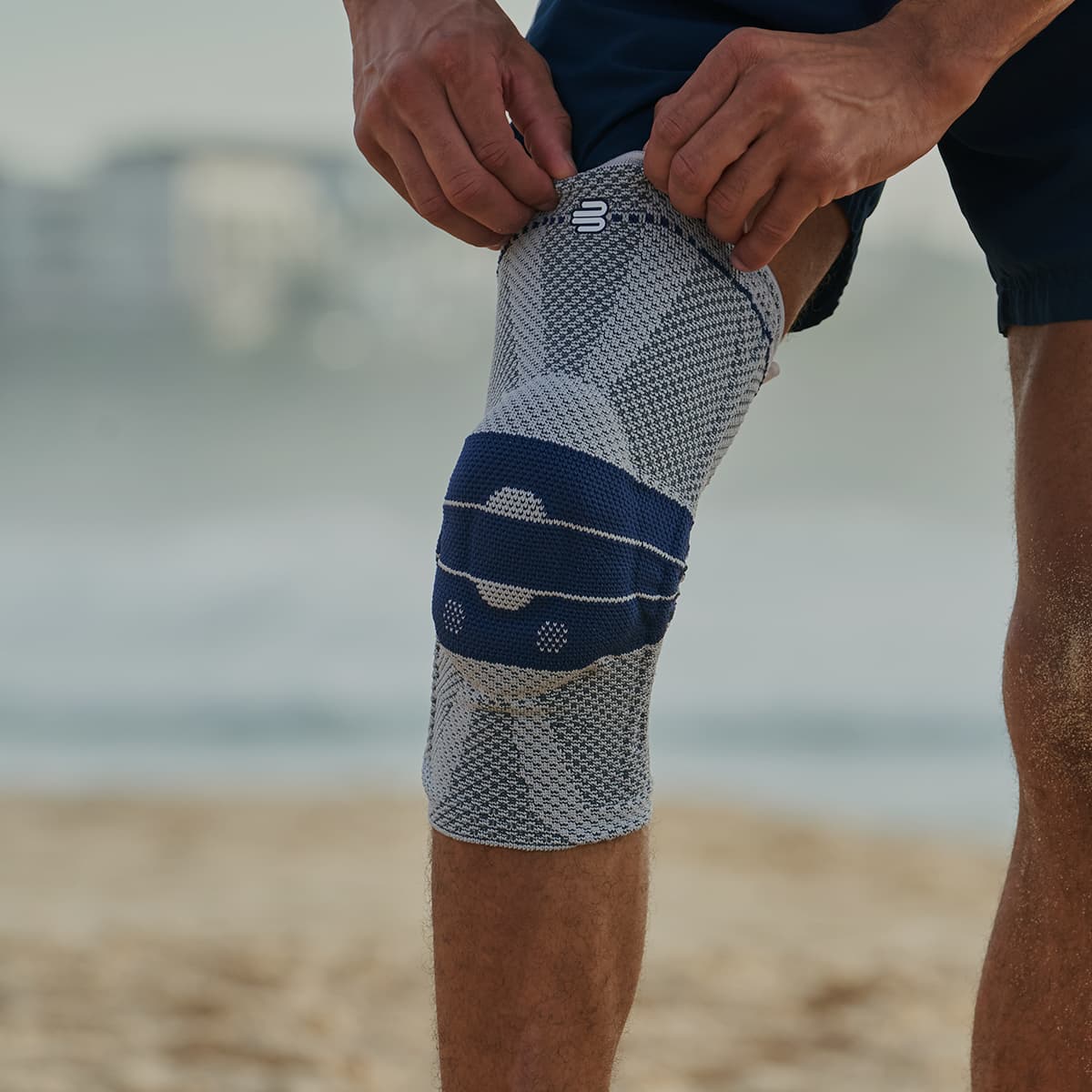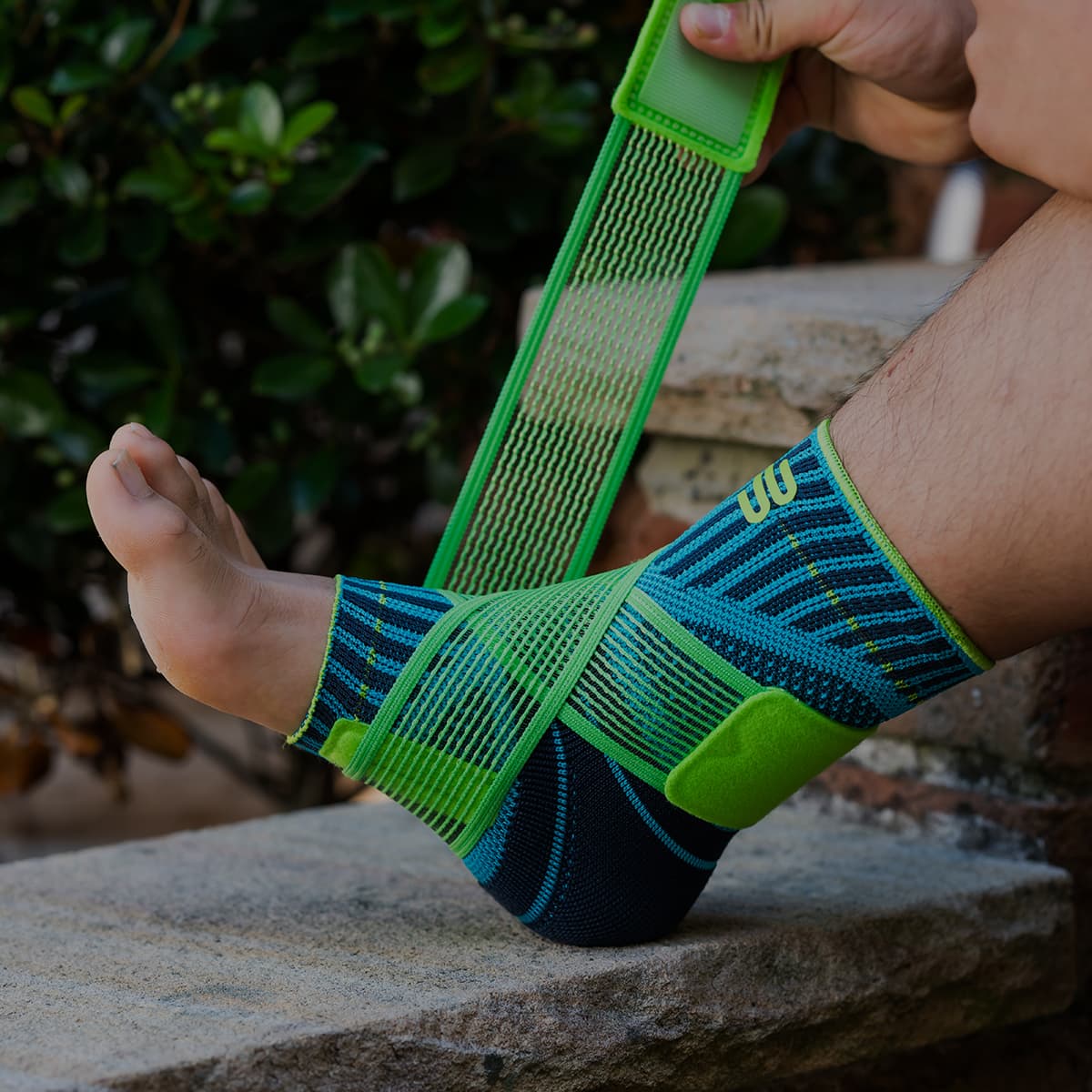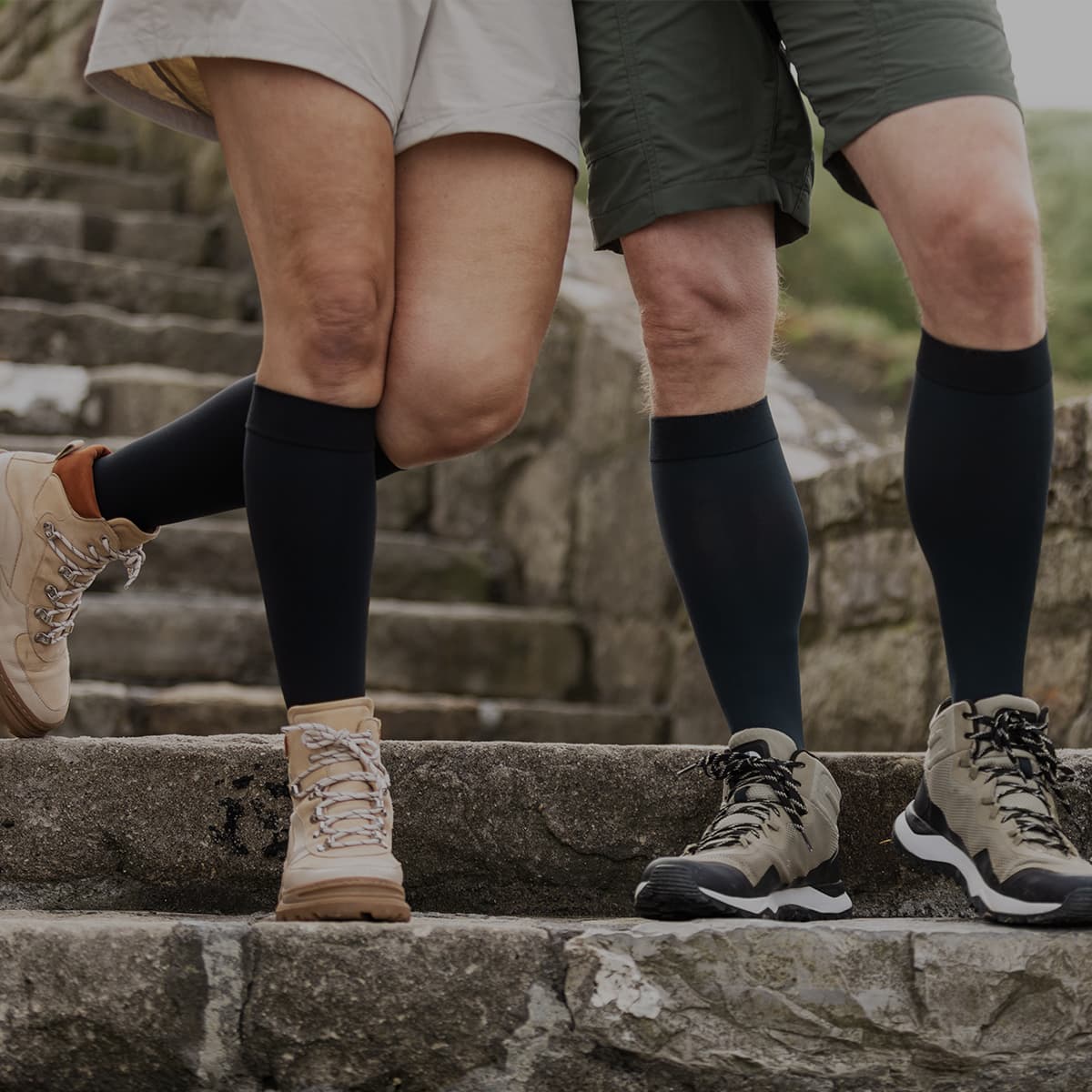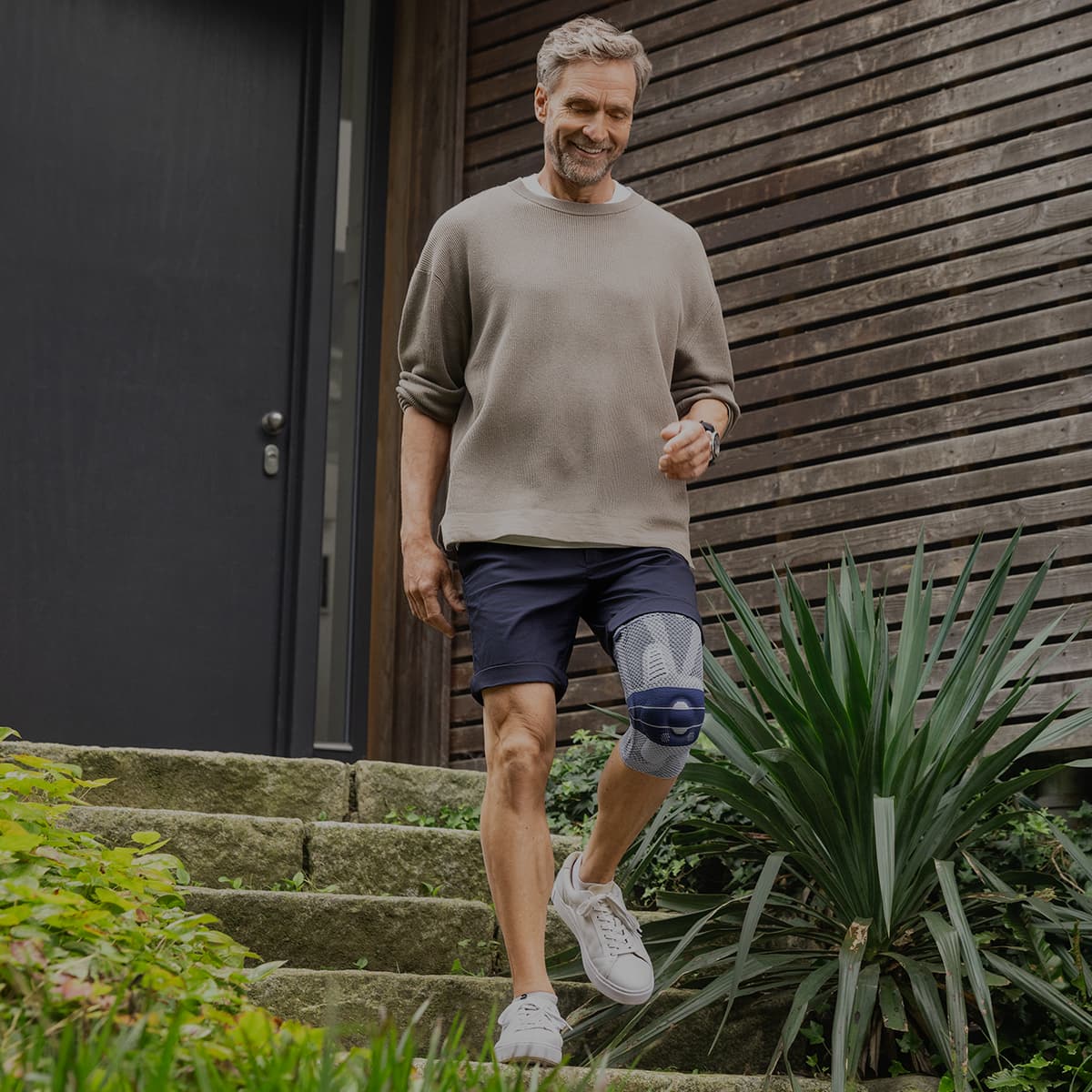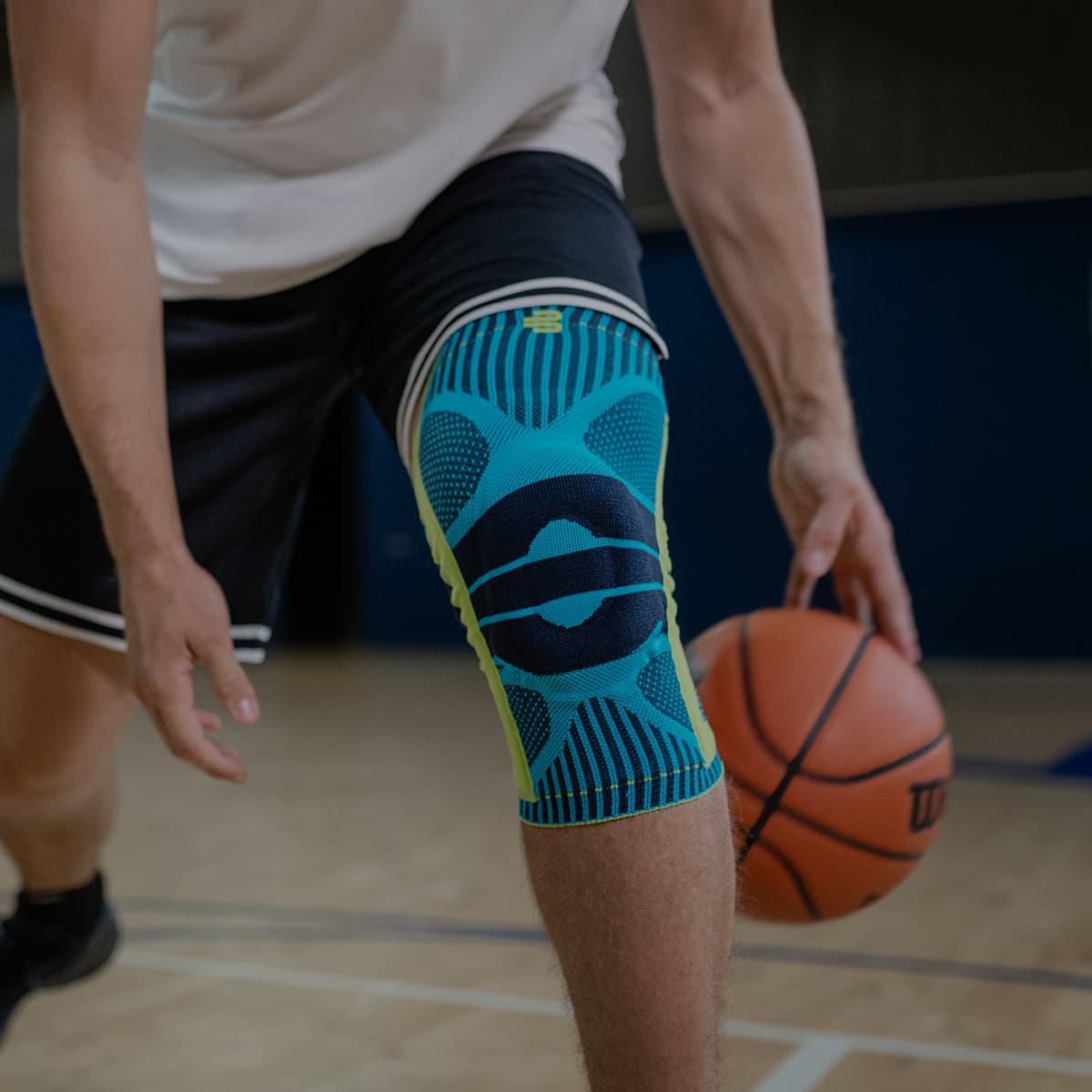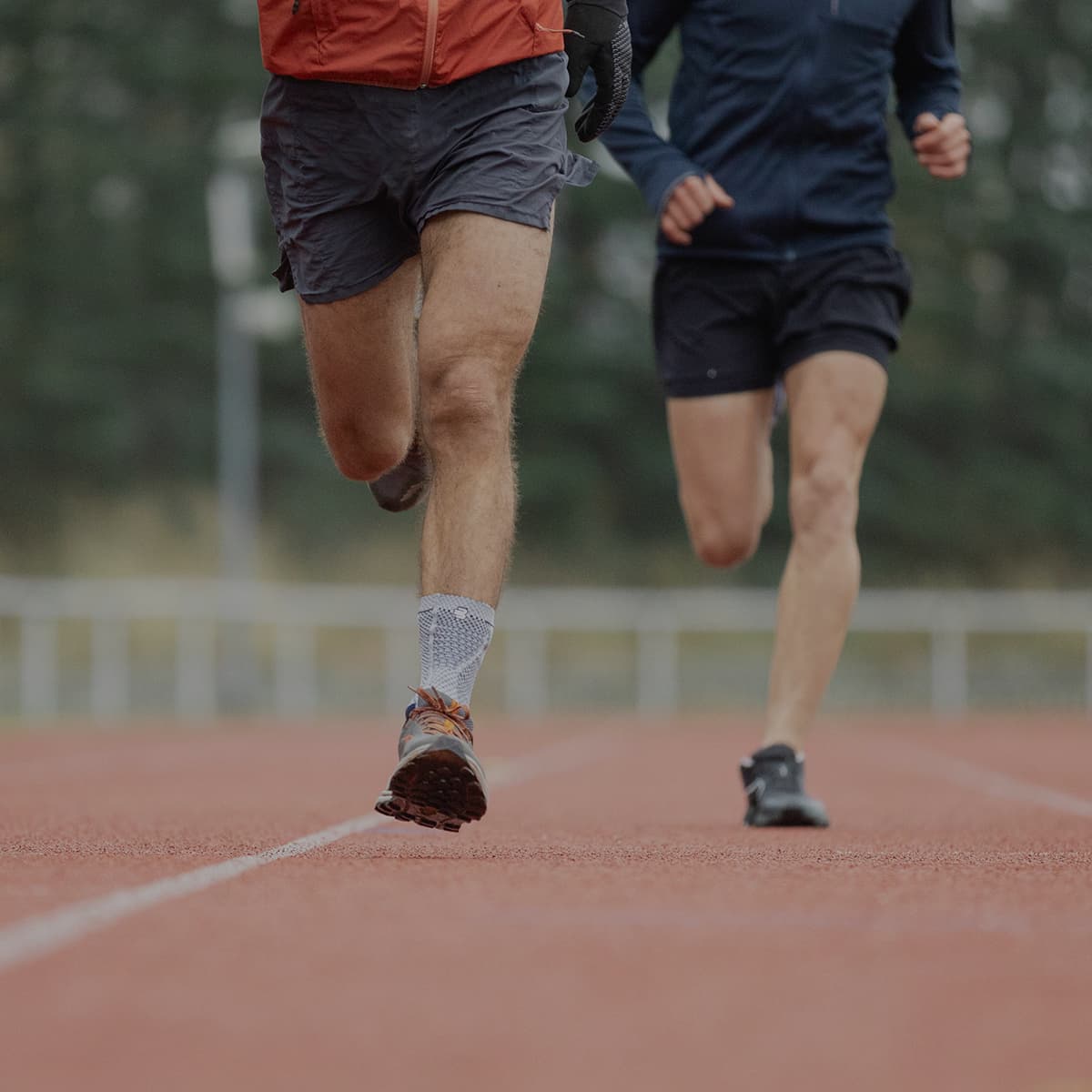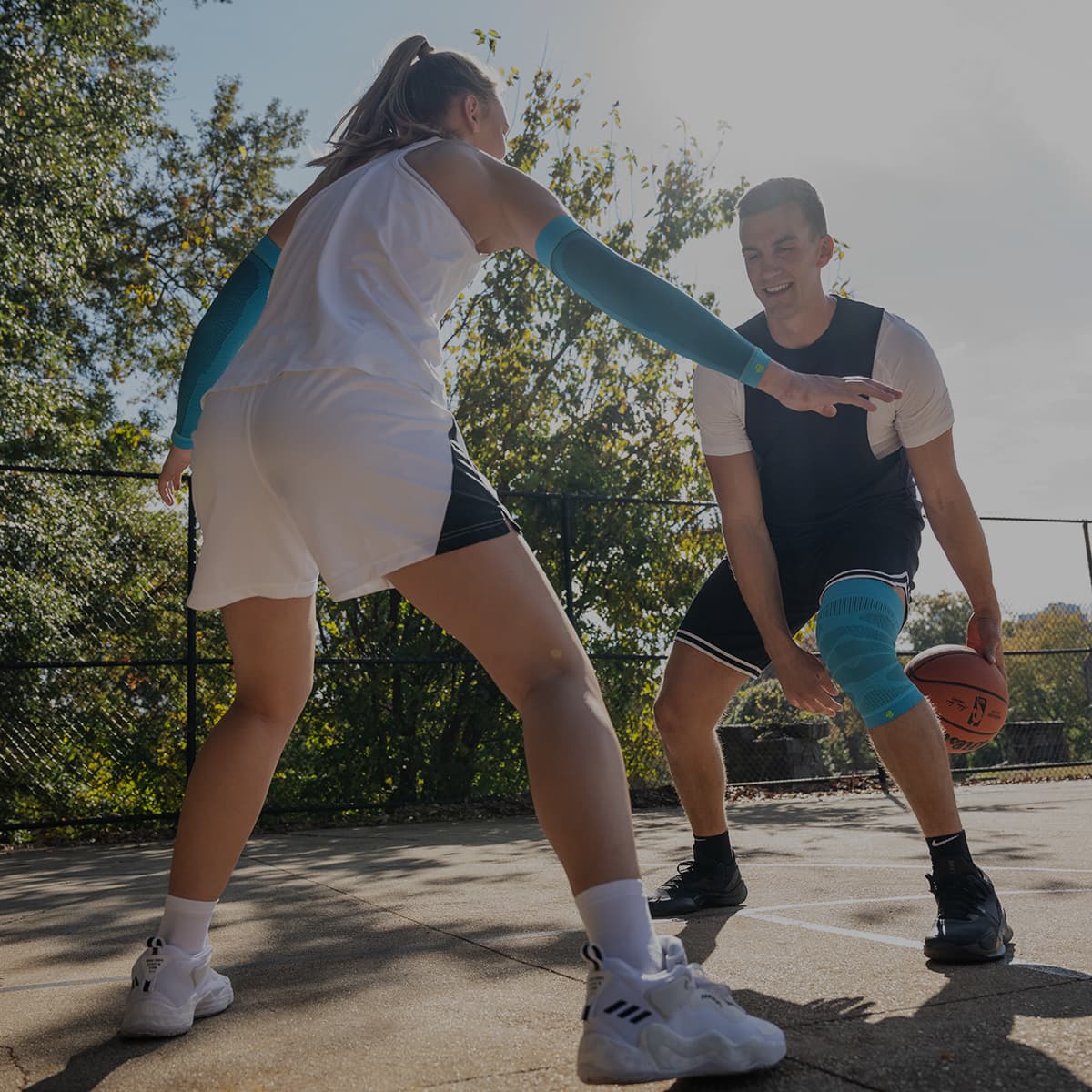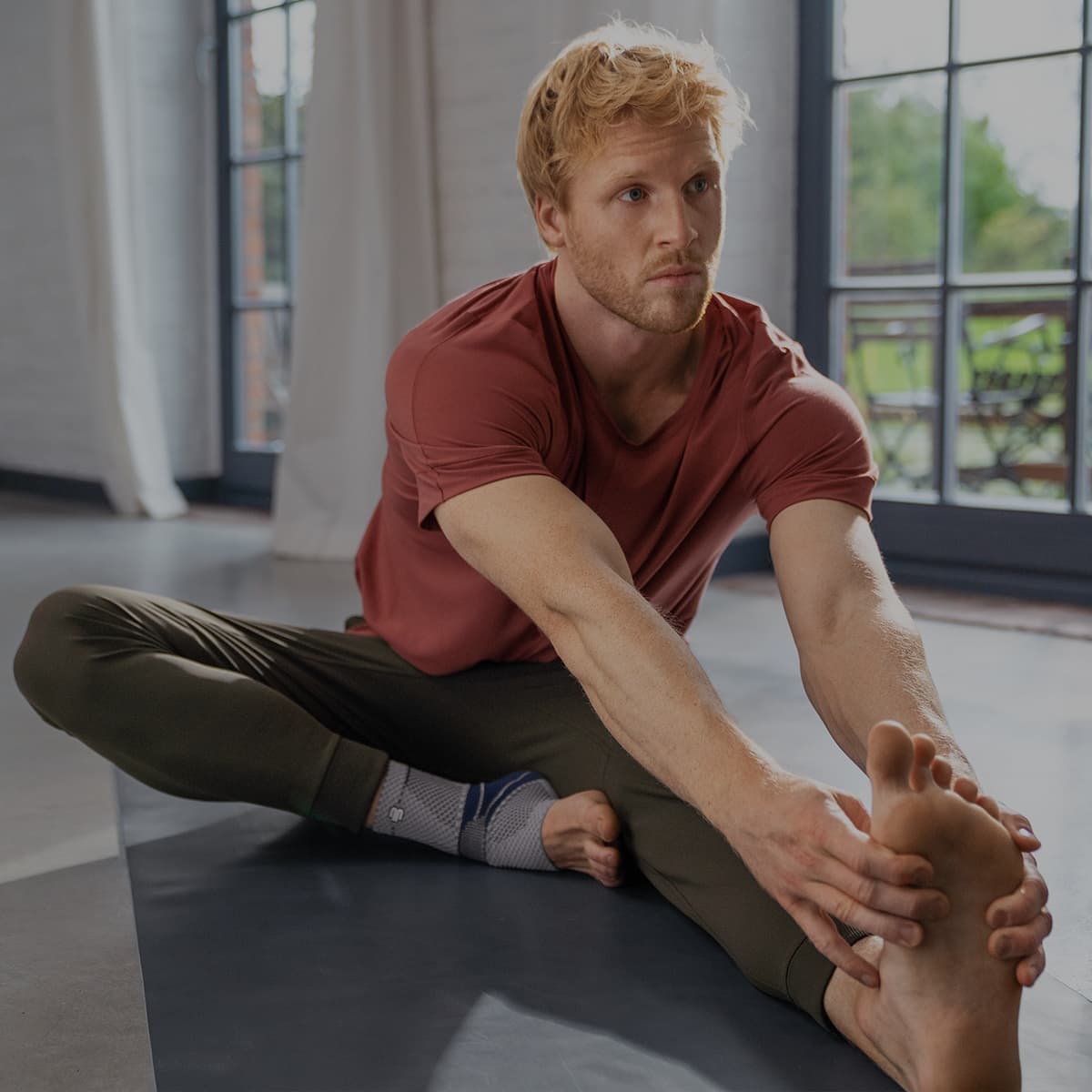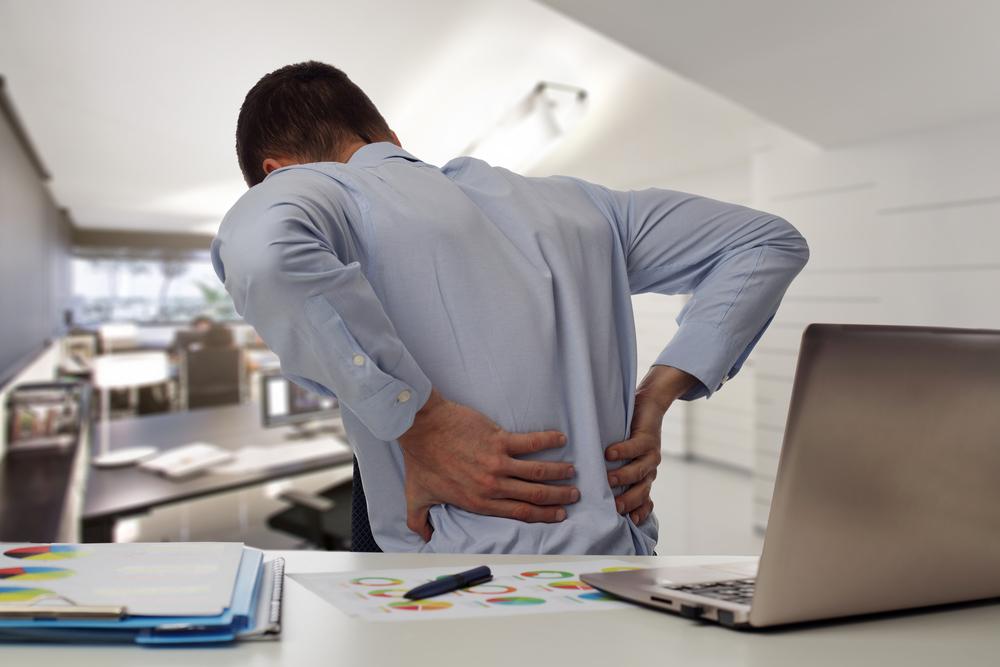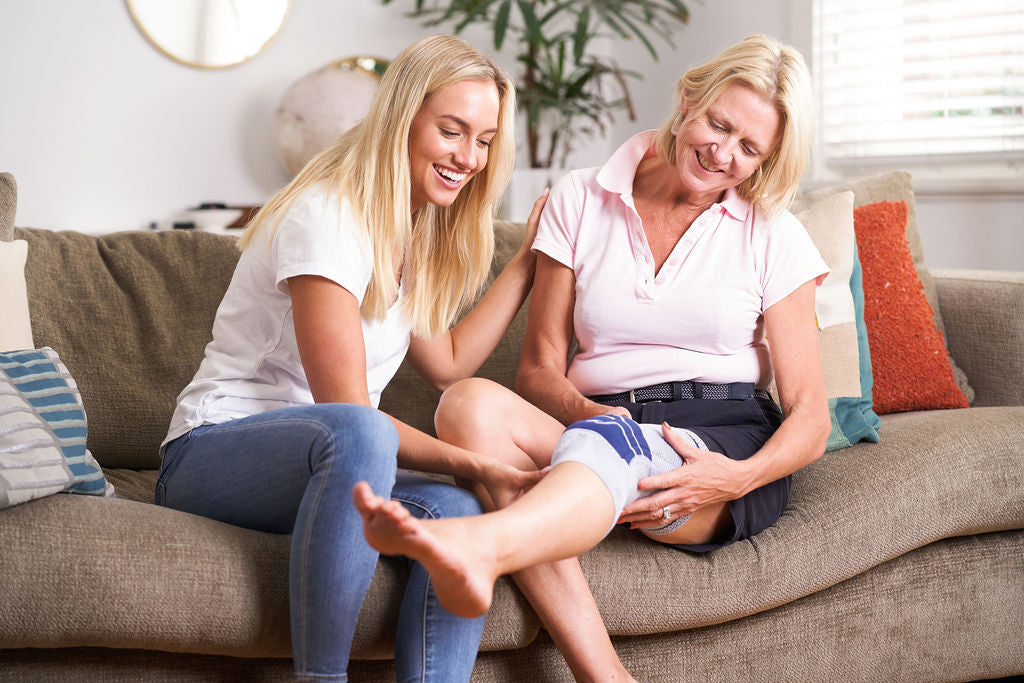Sore, stiff and swollen knees are a familiar sensation to those who suffer from arthritis. Knee osteoarthritis (OA) occurs when the cartilage in the joint is worn away over time, most often due to wear and tear or injury. But did you know your feet can impact knee OA?
Causes of knee OA
Osteoarthritis occurs when the cartilage that cushions the end of the bones in your joints gradually deteriorates. Cartilage is a firm, tissue that enables frictionless joint motion. Eventually, if the cartilage wears down completely, bone will rub on bone.
While there are a range of lifestyle factors and issues that can increase the likelihood and severity of knee osteoarthritis developing, one particular factor that often goes untreated is foot posture.
Whether you have flat feet or high arches, rolling ankles or heel pain, it’s likely the position of your feet is having some kind of effect on your knees.
In fact, with over 60 per cent of the population suffering from flat feet or high arches, chances are your soles could use some support.
How your feet can impact knee OA
Whenever you walk, your feet, ankles and knees work together to stabilise each step, especially on any uneven surfaces like slopes, rocky terrain and sand.
As the soles of your feet move over the ground, they cause the ankles to tilt and rotate at certain angles, and the knees are impacted as well.
When working properly, the right parts of the feet transfer weight accordingly.
However, when the soles of the feet are not correctly postured, even by just a little, that can throw off the whole leg with each step. As the foot rolls inwards or outwards instead of forward, it causes the ankle and knee to tilt, creating an ongoing strain.
How to support your feet and help knee OA
When the malposition (rolling in or out) of the foot and ankle misalign the foot, it can cause the knee to bow out (Varus) or bend inwards (valgus).
This is what exacerbates osteoarthritis, but thankfully can be treated and in most cases corrected. By wearing insoles, or in more serious cases a brace.
Combined with physiotherapy or targeted strengthening and exercise, you can help to counteract this issue and support the knee through correct foot posture.
Insoles
While serious cases usually require a podiatrist to make custom insoles, most people will benefit greatly from off-the-shelf insoles. Look for something that provides arch support, guides the heel and boosts the sole’s proprioception (the information response of the nerves in the foot muscles).
Try the Ergopad Redux Heel 2

Braces
In more serious cases, using a brace that has an adjustable strap to help your foot stay on path. If it’s chronic or the instability can’t be corrected properly, you may need to go for a rigid ankle support.
Try the MalleoLoc L
Exercise
Working with a podiatrist or physiotherapist to find the best exercises and treatment for you is great, but there’s some things you can do in any instance, including toe curls, heel raises, golf ball rolls and toe splays.
Do you have private health? Most private health extras will cover Bauerfeind Products, check to see if yours is included. Bauerfeind Private Health Insurance Inquiry.
Bauerfeind products are developed at our innovation and manufacturing facility in Zeulenroda, Germany. Based on years of scientific research, our award-winning braces and support garments are highly recommended by medical professionals and athletes worldwide.
For assistance selecting the right product for your needs, book a video consultation with a Bauerfeind expert: Book Video Call, or call us on 1300 668 466

